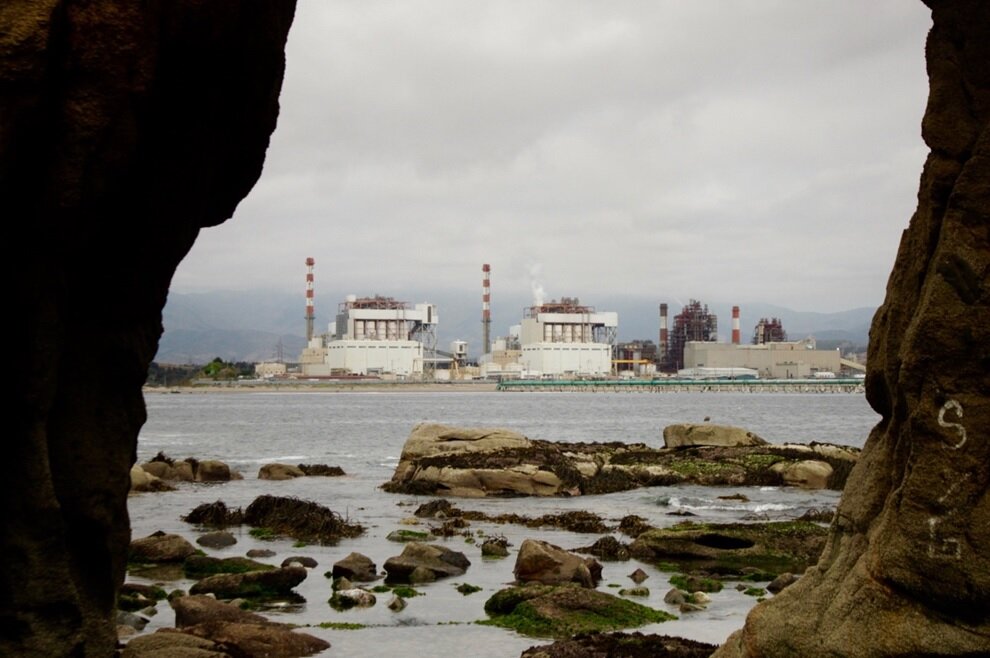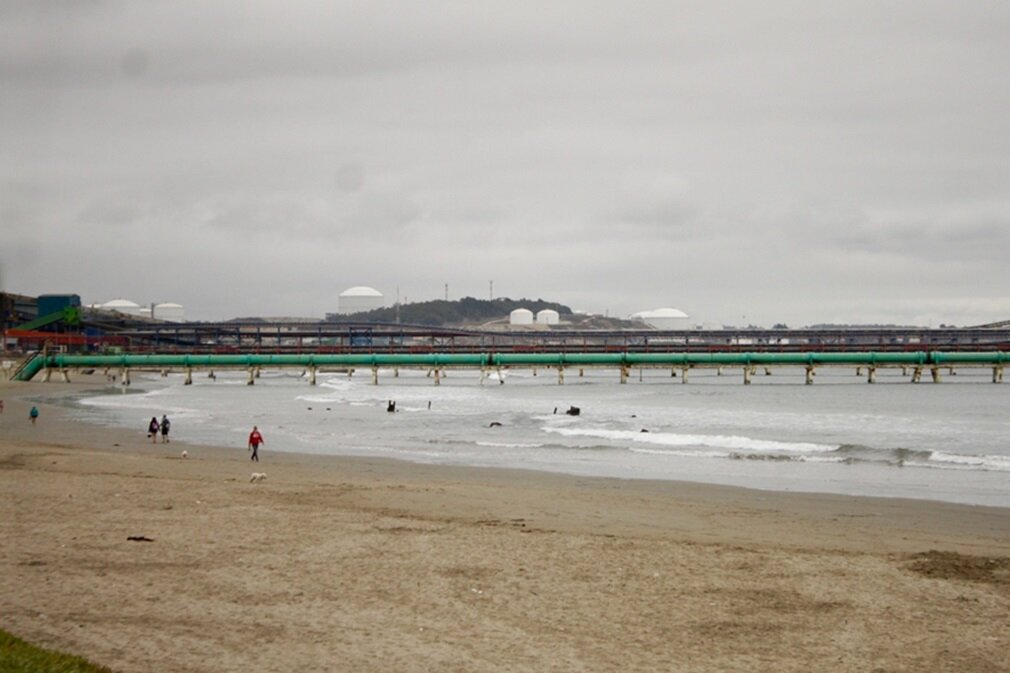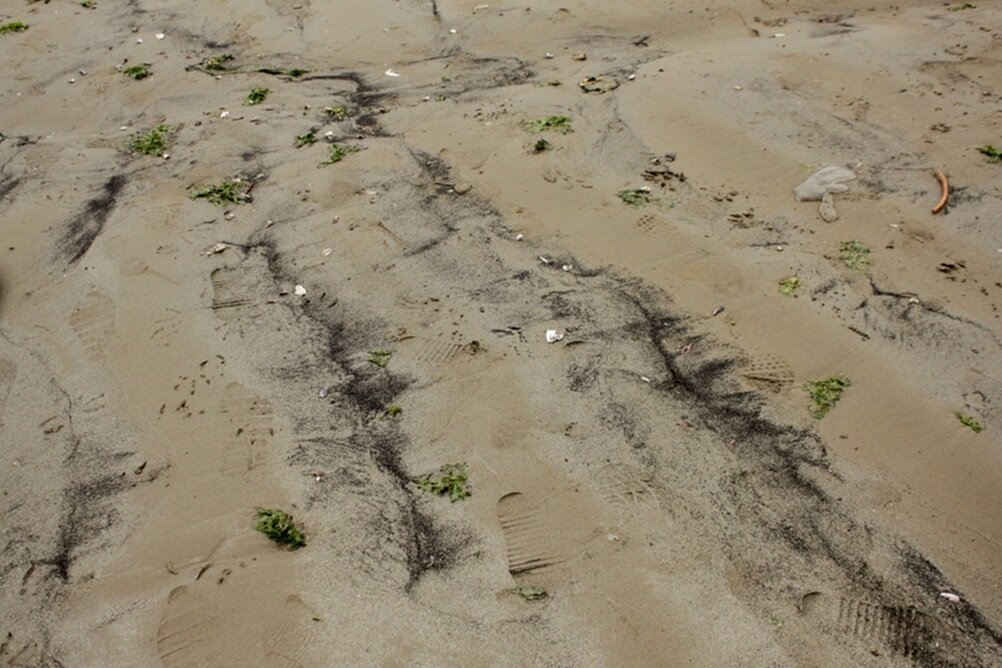What is the conflict?
For almost five decades, the region Quintero-Puchuncaví has a suffered the impact of the macro industrial site “Complejo Industrial Ventanas”. More than fifteen industrial facilities such a copper refinery and four coal-fired thermoelectric plants concentrate in less than 5 km of coastal area. This configures a “sacrifice zone”, a territory that has been completely degraded in favor of extractivist development. Before the industries arrived, the traditional economies of this part of Chile’s central coast were based on agriculture and fishing. Nowadays, such activities are no longer possible due to the industrial pollution of the soil and sea. Local populations associate the environmental degradation with health impacts such as high prevalence of cancer, asthma, cardiovascular diseases, miscarriages, and autism spectrum disorders in children.
Why is this a special conflict?
Called the “Chilean Chernobyl”, Quintero- Puchuncaví is the biggest sacrifice zone in Chile. The last large pollution episode, in 2018, caused 301 intoxications and schools were forced to close for more than a week. Massive protests against the impunity of the pollutant industries erupted. The local population occupied the central plaza in Quintero, which was renamed “Plaza de la Dignidad” (Dignity Square) as a symbol of the struggle and in memory of Alejandro Castro, an environmental leader that was found killed during that period.
The area is also relevant as a symbol of the challenges of decarbonization. After the COP25 (2019), a presidential announcement featured a decarbonization plan for the Chilean energy industry by 2040. In January 2021, the media reported the future closure of the coal plant Ventanas 1. However, civil society organizations claim that the closure of this facility was prior to the official announcements, and that the government keeps subsidizing the company while actions towards the rehabilitation and restauration of the damages are nil. The community keeps suffering the effects of pollution, such as the black dust that covers the beach every day.
It is worth highlighting that women often lead activist initiatives in this case. This fact has been connected with their care work.
Short documentary “Hay una conspiración en la Tierra” (There is a conspiration on Earth). Credit: Mujeres en Zonas de Sacrificio.
What is the role of art in this case?
The most popular artistic expressions related with the pro-environmental actions in the area are murals, music (songwriters, Batucada drummers, music festivals), and street performances. In the case of the colorful murals, artists create their works to beautify the streets of the city against the greyness of the industrial complex. The murals also represent the local identity linked to local flora and fauna, as is the case of the mural Collective “Murales por la Vida” (Murals for Life). Street performances use striking clothing to encourage more people to express themselves. Performances allow connecting with emotions and sensibilities in ways that other activist strategies cannot reach. Together with Batucada, street performances are forms of direct resistance as they physically occupy the streets and allow recovering the social cohesion that industries have impaired.
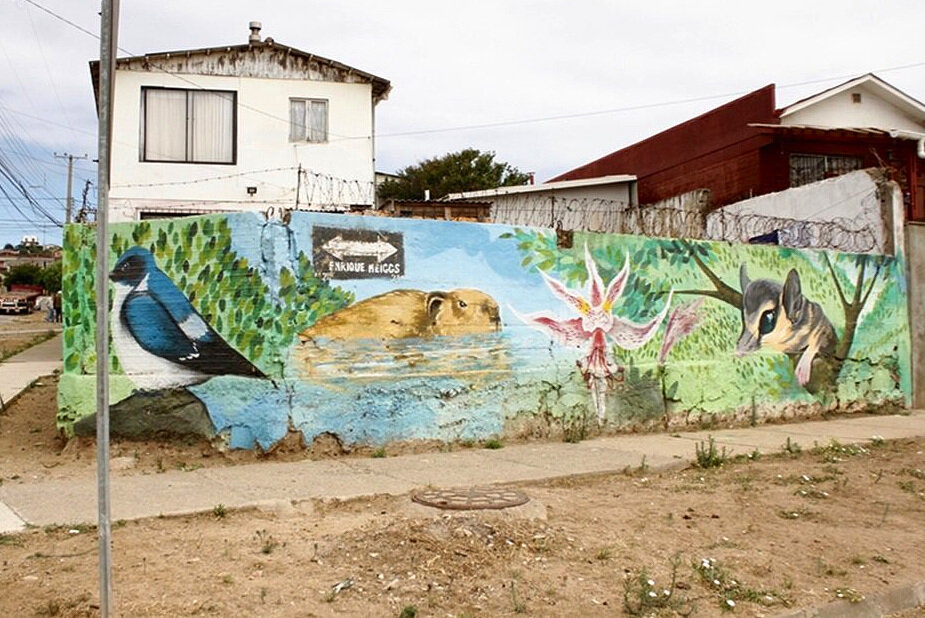
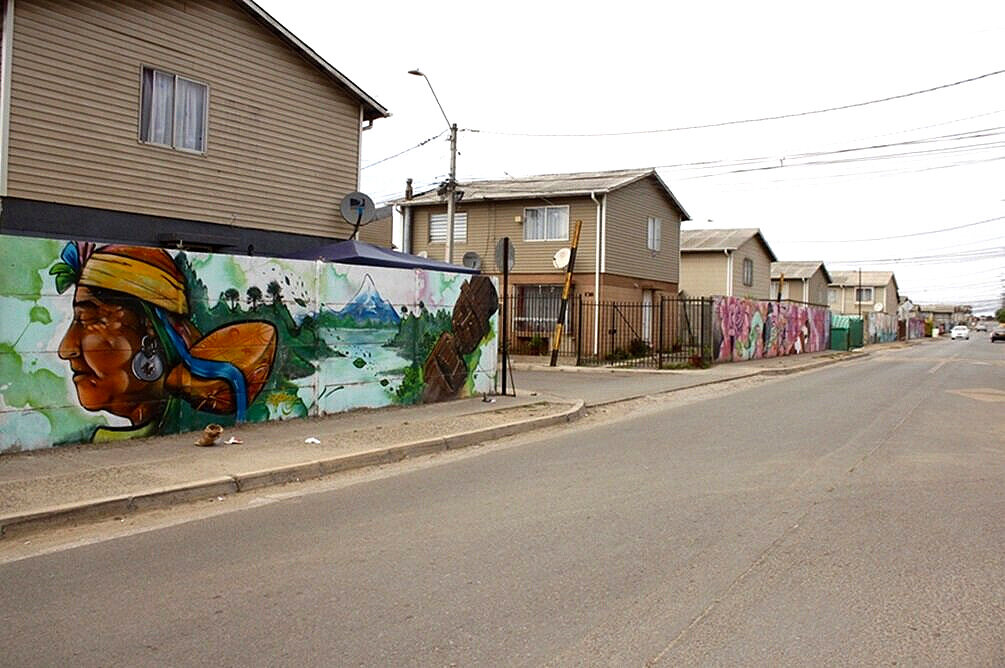
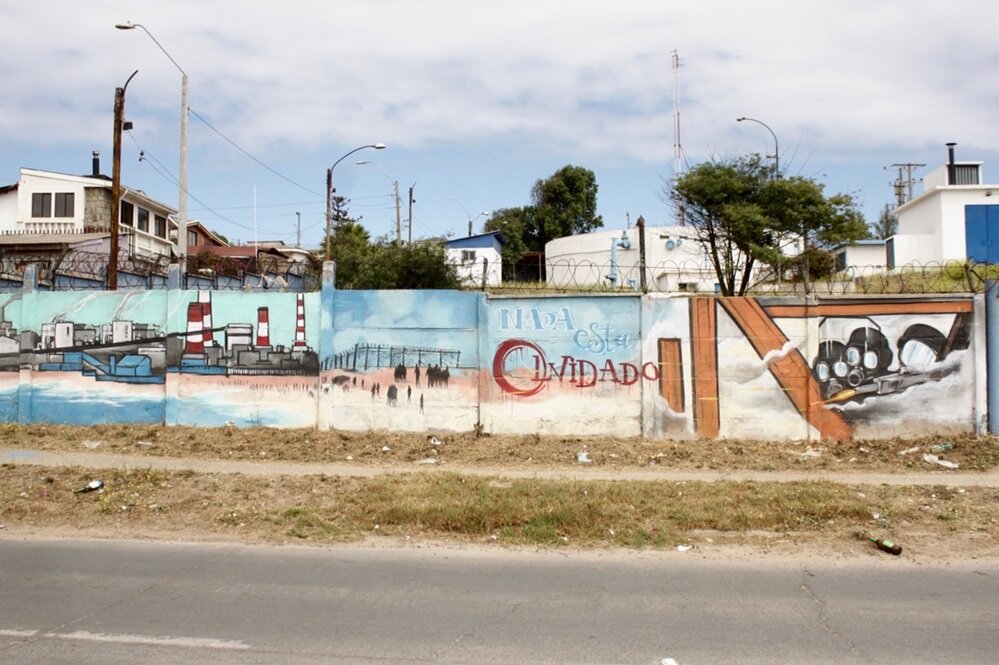

For more information
Check out the facebook page of “Mujeres en zonas de sacrificio” (Women in sacrifice zones) and “Salvemos Quintero” (Let’s save Quintero). Artworks produced in this case are available in the facebook page “Murales por la Vida de Quintero”, and in the video “La vida se defiende”, prepared by the community association “Comunidad Campomar”.
Watch the video of the artistctic intervention ‘En-tierra mineral” that she directed in collaboration with the group Teatro en Movimiento Callejerx. This case is part of the project ICOAL led by Teresa Sanz.
On Sacrifice Zones and Spaces Between Art and Academia. An Interview with Teresa Sanz on our Clamor Blog.
Under-ground ore is a film directed by Clamor researcher Teresa Sanz.


